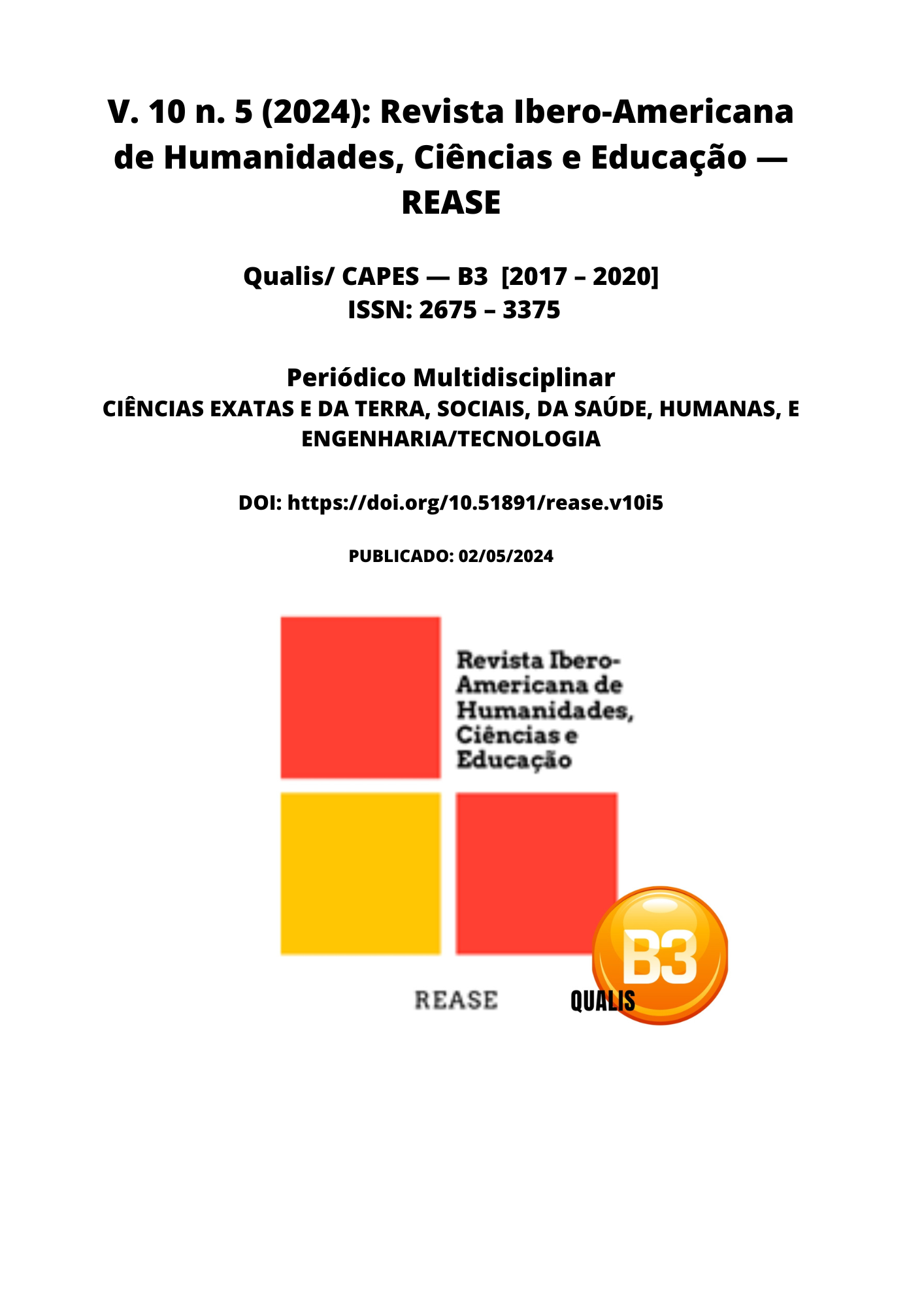NURSE'S ROLE IN TRACKING CERVICAL CANCER IN OLDER AGE WOMEN AT PRIMARY LEVEL
DOI:
https://doi.org/10.51891/rease.v10i5.14269Keywords:
Human papillomavirus 31. Vaccine. Uterine Neoplasms. Uterine Cervical Neoplasms. Single Dose.Abstract
This study addresses cervical cancer, focusing on the crucial role of nurses in prevention and early detection in primary care, aiming to provide health education to elderly women as well as their role during the investigation process, providing appropriate family support and care. One of the focuses is to serve as a basis for studies for nursing students and healthcare professionals seeking knowledge. Objective: In general, it addresses nursing care using screening as a tool for cervical cancer, and specifically identifies the barriers that elderly women face in attending health services and points out the effectiveness of cervical cancer screening studies, serving as a reference for nursing students and professionals in investigating cervical cancer. Methods: The methodology employed involved a theoretical content research, with a detailed literature review of existing scientific literature on the subject. Epidemiological studies, public health guidelines, and clinical practices related to cervical cancer were analyzed in databases, using Health Sciences Descriptors (DeCS), Pubmed, Ministry of Health, World Health Organization, National Cancer Institute, Primary Care Notebook, Women's Notebook. Results: Good nursing practice is crucial for a good prognosis in cervical cancer, with effective health programs reaching a larger number of people. Care for elderly women begins in adolescence, with vaccines promoting health throughout life. Screening is essential to identify cancer, allowing for care strategies aimed at the physical recovery and emotional and social well-being of patients. Conclusion: Nurses play a key role in screening for cervical cancer in elderly women, focusing on education, prevention, examinations, and follow-up. Health policies include prevention, early detection, and access to treatment, aiming to reduce the incidence and mortality of the disease and promote well-being in the elderly.
Downloads
Downloads
Published
How to Cite
Issue
Section
Categories
License
Atribuição CC BY

